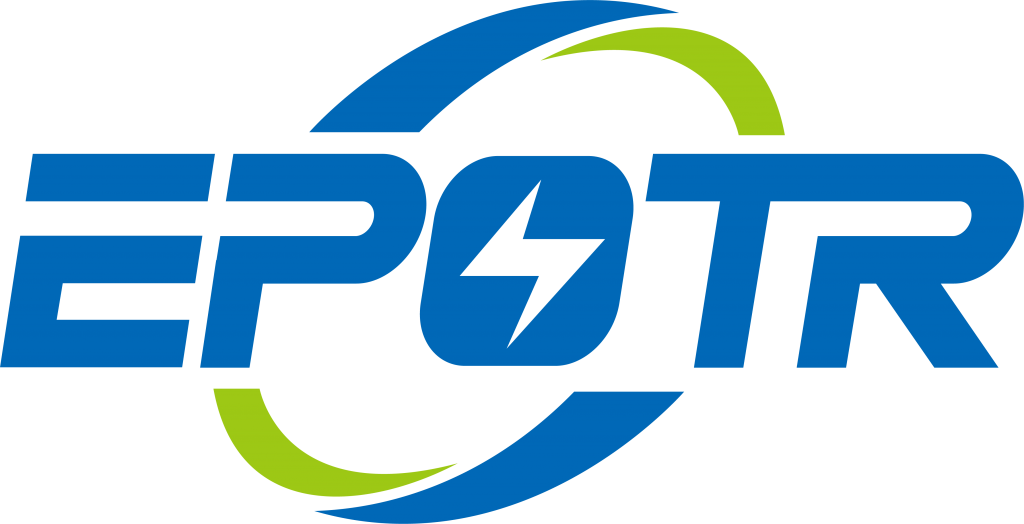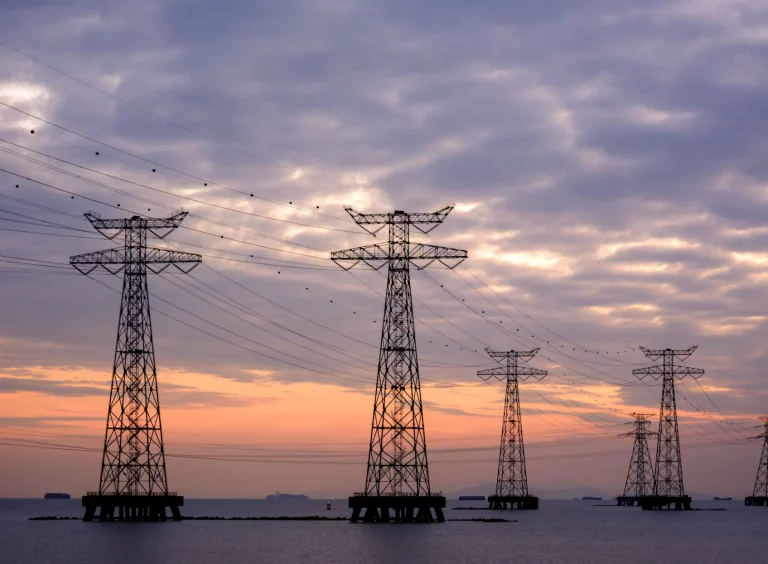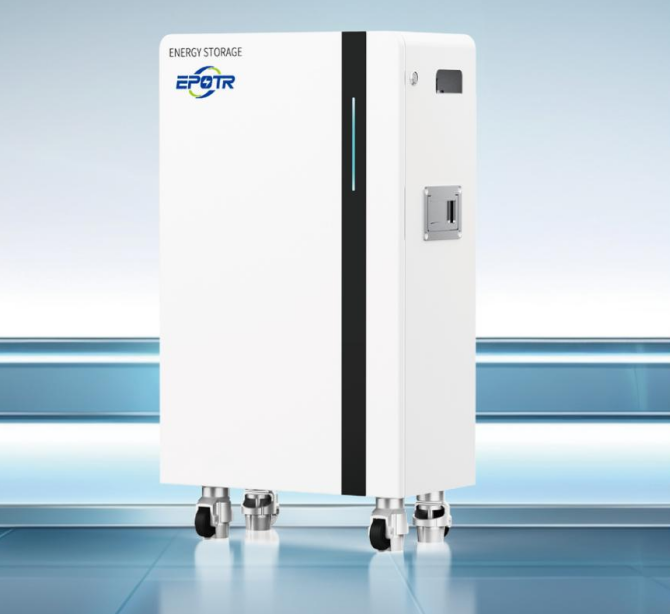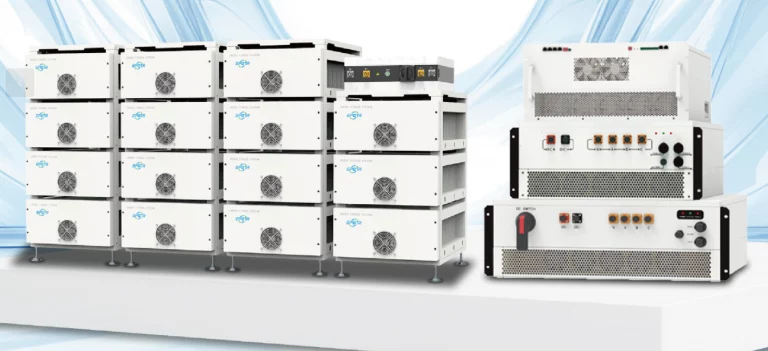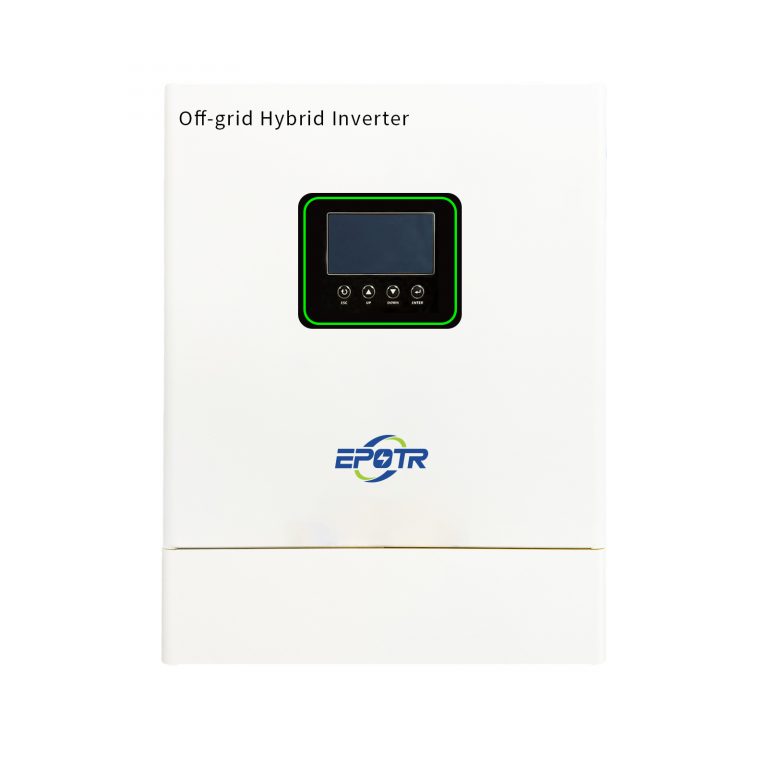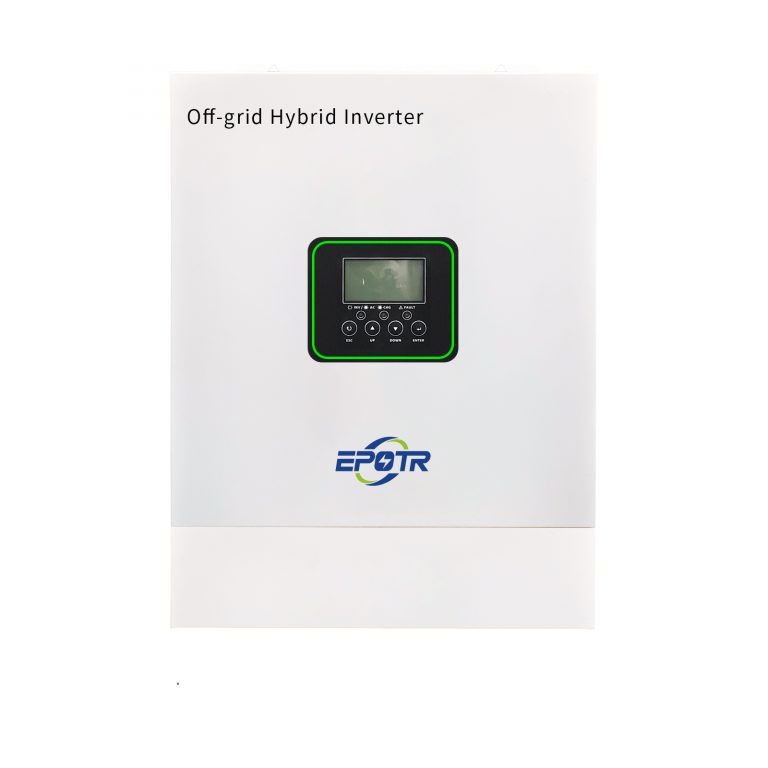Solar panels are popping up on homes like wildflowers, but holding onto that energy for cloudy days or nighttime is the real trick. Energy storage systems (ESS) let you stash solar power, cut your bills, and keep your lights on when the grid goes dark. If you’re a homeowner scratching your head over which system to pick, you’re not alone. It can feel like a puzzle. Lithium-ion batteries, especially lithium iron phosphate (LFP), are the top choice for their solid performance and safety. EPOTR, kicked off in 2023 in Guangdong, China, makes green energy gear that hits the spot. Their Floor-standing Residential ESS and Wall Mounted Residential ESS tackle your worries about cost, space, and power outages with clever, safe designs. Want to see how they shine in real homes? Check out their solutions page or swing by their website for more details.

Why Are Energy Storage Systems Essential for Homes?
Solar power’s awesome, but without a way to save it, you’re stuck buying grid power when the sun’s down. ESS grabs extra solar energy for later, so you control your electricity. It tackles your fears about sky-high bills, power cuts, and going green. Plus, it makes your home’s energy setup steady and wallet-friendly.
Support for Solar Energy Integration
ESS saves extra solar power from sunny days. You can use it at night or when clouds roll in. This cuts your need for costly grid power. It also shrinks your carbon footprint, just like photovoltaic systems do around the world. It’s a simple way to live greener.
Backup Power During Outages
Power outages mess up your routine. Think spoiled food or dark rooms. ESS keeps your fridge, lights, or even a fan running when the grid fails. It’s like a safety net for your home, keeping things humming no matter what.
Cost Savings on Electricity Bills
Big electric bills hurt. ESS stores solar power to skip those pricey peak hours. In Nigeria, homes and small shops using similar systems cut costs by 60%. That’s real money staying in your bank account, no joke.
What Makes Lithium-Ion the Most Common ESS?
Lithium-ion batteries, especially LFP ones, lead the pack for home energy storage. They’re tough and work well. You might fret about safety or how long they’ll last, but these systems are built to keep going strong, making them the favorite for homeowners everywhere.
High Energy Density
Lithium-ion batteries pack a big punch in a small space. They hold 5.22kWh for smaller setups or up to 16.08kWh for bigger ones. You get plenty of power without hogging room in your home. It’s perfect for tight spaces.
Long Lifespan
Scared of swapping out batteries too soon? Lithium-ion systems last up to 6000 cycles at 90% depth of discharge. That’s over 10 years of use, like in the Floor-standing Residential ESS. It’s a solid deal for long-term savings.
Wide Market Availability
Lithium-ion tech is all over the place because it’s tried and true. It works with most solar setups, so you can plug it into your home without a hitch. No stress about finding the right gear—it’s out there and ready.
How Do These ESS Solutions Stand Out?
Picking an ESS can feel like a maze with all the choices out there. You want something safe, easy to set up, and flexible. Top-notch systems fix these worries with smart features that make your home’s energy smoother and your life less stressful.
Advanced Safety Features
Electricity needs care. LFP batteries with smart Battery Management Systems stop problems like over-current, over-voltage, or overheating. Fire-protection systems add an extra shield. They’re great for homes in dusty or muggy spots, keeping things safe.
Flexible Installation Options
Nobody likes a fussy setup. Modular designs, like in the Wall Mounted Residential ESS, make installation a breeze. You can add more power later, fitting your home’s layout without a headache.
High Compatibility
Worried your ESS won’t match your solar panels? These systems work with most inverters and panels. You can build your setup without fear of gear clashing. It’s a smooth, no-fuss process from start to finish.
Why Choose Floor-standing Residential ESS for Larger Homes?
Got a big family or lots of gadgets? You need an ESS with serious power. Floor-standing systems are made for bigger homes, tackling worries about running out of juice or equipment breaking down with strong, grow-as-you-go designs.
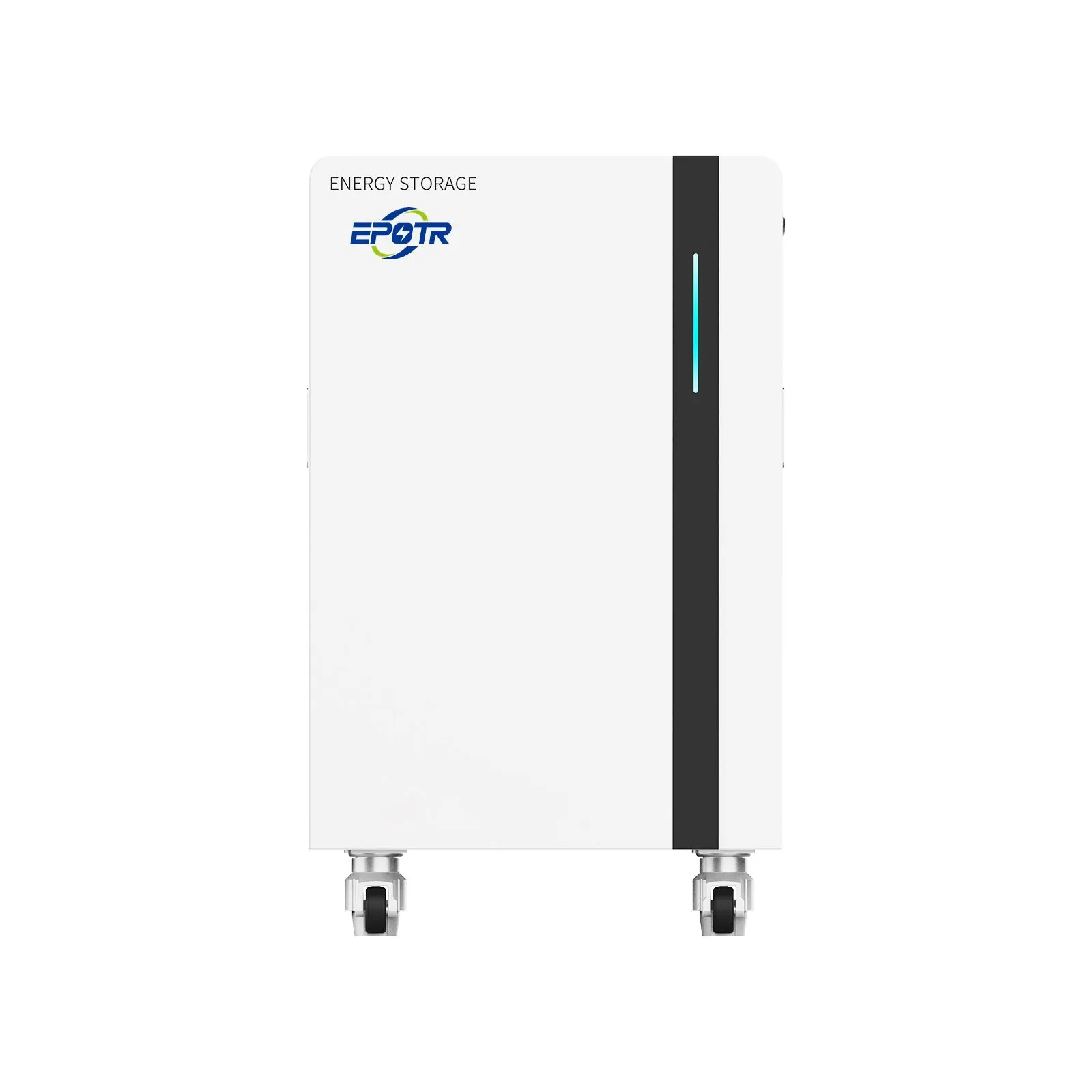
High Capacity Storage
With up to 16.08kWh, the Floor-standing Residential ESS holds enough power for heavy-duty homes. It keeps your whole house powered, day or night, no matter how much you use.
Durable Design
Dust or tough weather can wreck tech. These systems, with IP20 ratings, stand up to harsh conditions. They last through 6000 cycles, so you’re set for years with fewer fixes. It’s a smart pick for worry-free power.
Easy Scalability
Your energy needs might grow. These systems let you add up to 25 battery packs. You can boost capacity without ripping out your setup. It saves cash and hassle as your household gets bigger.
Why Opt for Wall Mounted Residential ESS for Smaller Spaces?
Live in a cozy apartment or small house? Space is tight, and looks matter. Wall-mounted ESS systems fit like a glove, giving you steady power without cluttering your place or emptying your wallet.

Compact and Stylish Design
These systems, like the Wall Mounted Residential ESS, have a slim build that fits tight spots. They look good, blending with your home’s style. Perfect for city homes where space and vibe are big deals.
Simple Installation
Fancy setups waste time. Wall-mounted systems go up quick and don’t hog floor space. You’re powered up fast, with no stress or mess, making it a great fit for smaller homes.
Cost-Effective Performance
With a 5.22kWh capacity, these systems cut bills by storing solar power for nighttime. Rural folks have saved money and boosted home value. It’s a clever way to go green without spending a fortune.
How Do ESS Solutions Address Homeowner Concerns?
You’re probably stressed about rising power costs, blackouts, or tricky upkeep. ESS systems hit these problems head-on with practical features. They keep your home’s energy affordable, steady, and easy to handle, no matter where you live.
Reducing High Energy Costs
Electric bills can burn a hole in your wallet. ESS stores solar power to dodge peak-rate hours. In Saudi Arabia, businesses cut costs by 30-40% with similar setups. Homes can score big savings too, keeping your budget happy.
Keeping Power Steady
Outages throw life off track. ESS backs up key appliances like lights or fridges, so your home stays running. In Nigeria, similar systems cut outage impacts by 70%. You stay powered, even when the grid flops.
Easy Maintenance
Nobody wants a system that’s a chore to maintain. LFP batteries last over 10 years with little upkeep. These systems are built tough, so you spend less time and money fixing things. It’s a low-worry setup.
What Are the Long-Term Benefits of Home ESS?
Buying an ESS isn’t just for now—it’s about saving cash and helping the planet down the road. These systems tackle your fears about rising bills, green living, and future energy needs. They’re a smart investment that keeps giving back.
Financial Savings
ESS cuts your grid power use by storing solar energy. Savings like the 60% cost cuts in Nigeria add up fast. You keep more money for things like family trips or home upgrades. Who doesn’t love that?
Greener Living
Solar storage lowers your use of dirty fuels, cutting emissions. Rural projects show ESS promotes green living while boosting home value. It’s a win for your wallet and the earth, which feels pretty awesome.
Ready for the Future
Your power needs will shift over time. Modular ESS lets you add battery packs easily. Your system stays fresh without big, costly swaps. It’s a flexible fix for growing homes, keeping you ready for what’s next.
FAQ
Q1: Why is lithium-ion the top home ESS?
A: It packs high energy density, lasts 6000 cycles, and works with most solar setups, making it super reliable.
Q2: How does ESS cut electric bills?
A: It stores solar power for high-cost hours, saving up to 60%, like homes in Nigeria saw.
Q3: Can ESS keep my home powered during outages?
A: Yup, it backs up key appliances, cutting outage issues by 70% in places like Nigeria.
Q4: Is ESS easy to set up in small homes?
A: Wall-mounted systems have a slim design and quick install, perfect for tight spaces.
Q5: Can ESS grow with my energy needs?
A: Modular designs let you add up to 25 battery packs, growing as your home demands more power.
